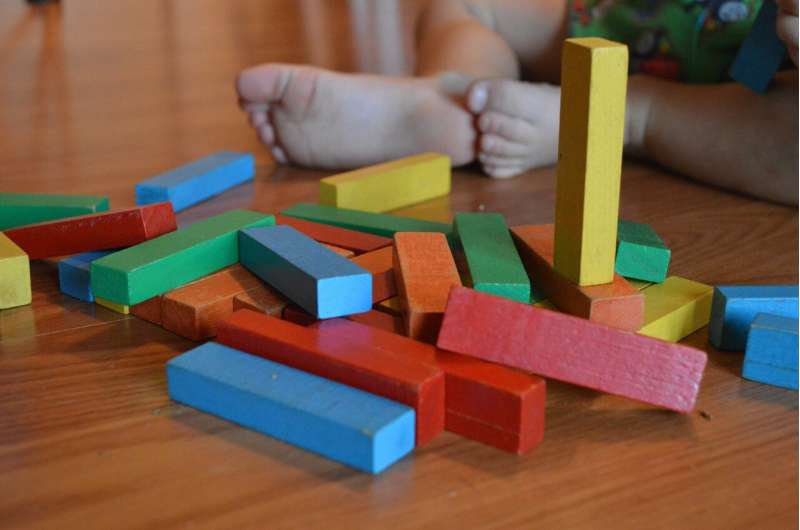
About 2.4 percent of preschool-age children have an attention-deficit/hyperactivity disorder (ADHD) diagnosis. For these children, behavioral interventions intended to redirect a child or otherwise replace negative behaviors with positive ones are the first line of treatment. But what if symptoms linger, or are so severe that they interfere with a child’s social, emotional, and educational development?
A study from Boston Children’s Hospital finds that starting drug treatment with alpha-2-adrenergic agonists (A2As), such as guanfacine and clonidine, can be effective in reducing ADHD symptoms in preschool-age children. Just as important, the study shows that these medications have fewer side effects than stimulants, like methylphenidate (Ritalin, Concerta) and amphetamines (Adderall, Vyvanse), which are often the first line of ADHD treatment.
A2As were initially used to regulate blood pressure in adults but then gained FDA approval to treat ADHD in school-aged children after clinical trials found they could improve attention and focus and reduce ADHD symptoms.
Results of this ADHD/A2A study are published in JAMA. It is the first analysis of the effects of both stimulants and A2As in preschool children.
One-third of children already taking A2A medications
A team from the Developmental Behavioral Pediatrics Research Network (DBPNet), which includes Boston Children’s, reviewed the medical records of nearly 500 children seen at seven outpatient developmental-behavioral pediatric practices.
“We found that about 35 percent of preschool-age children with ADHD began drug treatment with A2A medications, even though little is known about their effectiveness and safety in this age group,” says lead author Elizabeth Harstad, MD, MPH, of the Division of Developmental Medicine at Boston Children’s. “Since these kids are already being prescribed these drugs, it was important to study their effectiveness and possible adverse effects.”
The median age of the children in the study was just over five years old; 82 percent were male.
A2As nearly as effective as stimulants
Of the 497 children in the study, 309 (62 percent) had first received behavioral therapy before initiating ADHD medication, in line with current ADHD treatment recommendations from the American Academy of Pediatrics.
Behavioral interventions for ADHD
Behavioral interventions are the first treatments recommended for ADHD in preschool-age children. They can include modifications in the physical and social environment that are designed to change behavior using rewards and nonpunitive consequences.
Examples involve:
- maintaining a daily schedule
- keeping distractions to a minimum
- providing specific and logical places for the child to keep schoolwork, toys, and clothes
- setting small, reachable goals
- rewarding positive behavior
- identifying unintentional reinforcement of negative behaviors
- using charts and checklists to help the child stay “on task”
- limiting choices
- finding activities in which the child can be successful (such as hobbies and sports)
- using calm discipline (such as timeouts, distraction, and removing the child from the situation).
Lower rate of side effects with A2As
Daytime sleepiness was the only adverse side effect that developed more frequently in children who were started on A2As compared with stimulants (38 percent vs 3 percent).
“However, for stimulants, there were several side effects that were reported more frequently than for the kids that had been initiated on A2A medication,” says Harstad.
The most common negative effects between stimulants and A2As were:
- moodiness/irritability (50 percent vs. 29 percent)
- appetite suppression (38 percent vs. 7 percent)
- difficulty sleeping (21 percent vs. 11 percent)
- increased stomachaches (13 percent vs. 5 percent)
- Increased skin picking/repetitive behaviors (11 percent vs. 5 percent)
“The fact is that children taking the A2As had fewer difficulties with these side effects,” says Harstad.
An encouraging follow-up study
An earlier landmark study conducted elsewhere, called the Preschool ADHD Treatment Study (PATS), found that treatment with the stimulant methylphenidate significantly reduced ADHD symptoms in children between the ages of three to 5.5 years. But, more than 40 percent of children had irritability while taking it; more than 20 percent experienced crying or were tearful, sad, or depressed.
Source: Read Full Article
